Submitted by Berrin Chatzi Chousein
"The climate emergency is challenging everyone across the built environment,” says Mina Hasman
United States Architecture News - Jun 26, 2024 - 11:25 2878 views
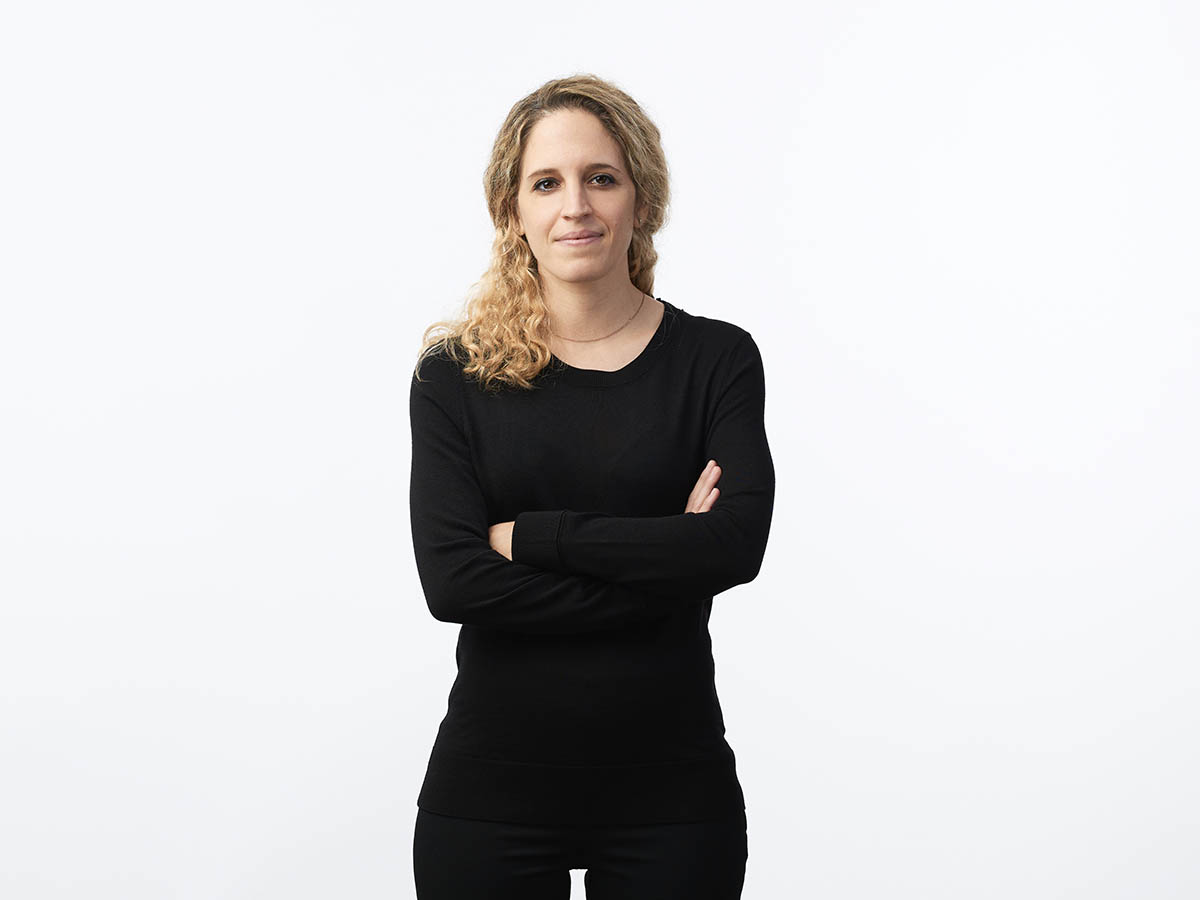
Everyone in the built environment is challenged by the climate emergency, not just architects, claims Mina Hasman, the sustainability director at architecture practice Skidmore, Owings & Merrill (SOM) and the author of the book, titled RIBA Climate Guide.
According to Hasman, built and other supply chain stakeholders expect architects to pose more challenging questions to ensure that decisions about massing and materials, construction techniques, and design minimize their environmental impact.
Hasman highlights that while this demand is clear, many significant barriers revolve around the "implementation and integration of solutions" concerning climate urgency.
Mina Hasman is the sustainability director at Skidmore, Owings & Merrill (SOM), an international architecture practice founded in 1939 by Louis Skidmore, Nathaniel Owings, and John Merrill.
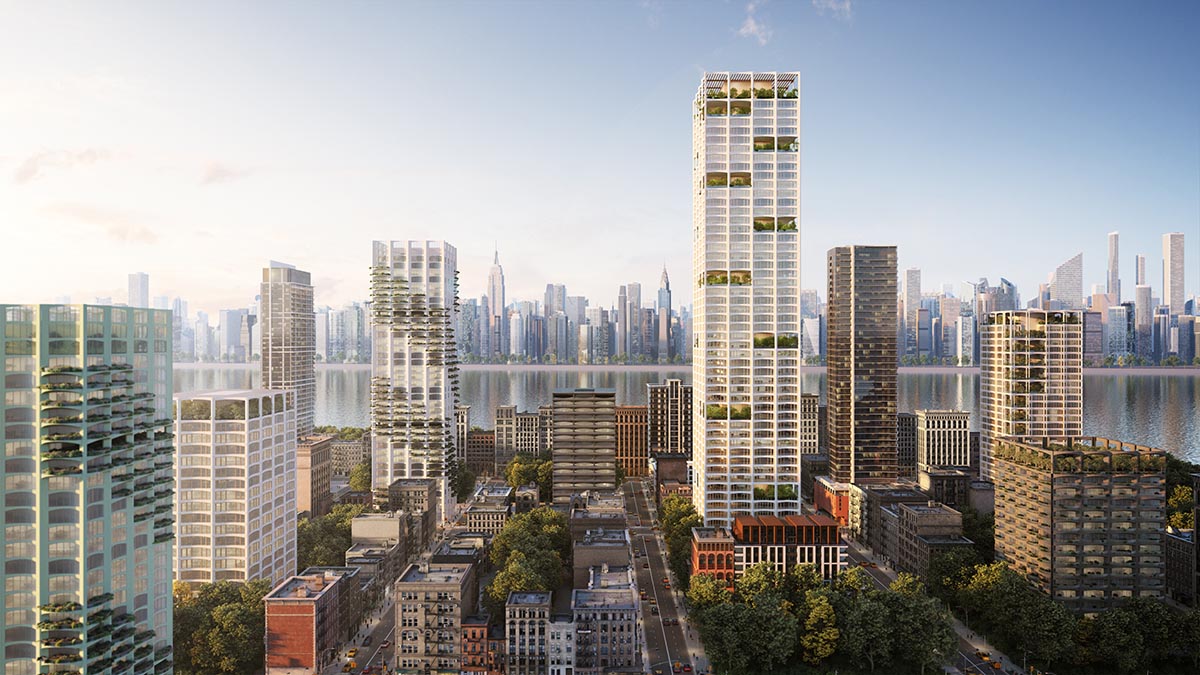
Urban Sequoia. Image © SOM | Miysis
Hasman, well-known worldwide for her expertise in climate action, was listed among Time Magazine's 100 influential climate action leaders in 2023. At SOM, she establishes long-term goals for sustainability and well-being and manages day-to-day operations. With an emphasis on decarbonization in the company's international operations and projects, she co-leads SOM's Climate Action Group.
In 2023, she authored the RIBA Climate Guide, aiming to serve as a single source of knowledge, compiling significant global research, conclusions, and suggestions under major headings related to climate change. She is a member of the multidisciplinary team behind Urban Sequoia, a regenerative design concept initially showcased at COP26 for buildings and cities. Recently, she has contributed to the creation of Whole Life Carbon Accounting, a new service that speeds up the design and construction of low-carbon buildings.
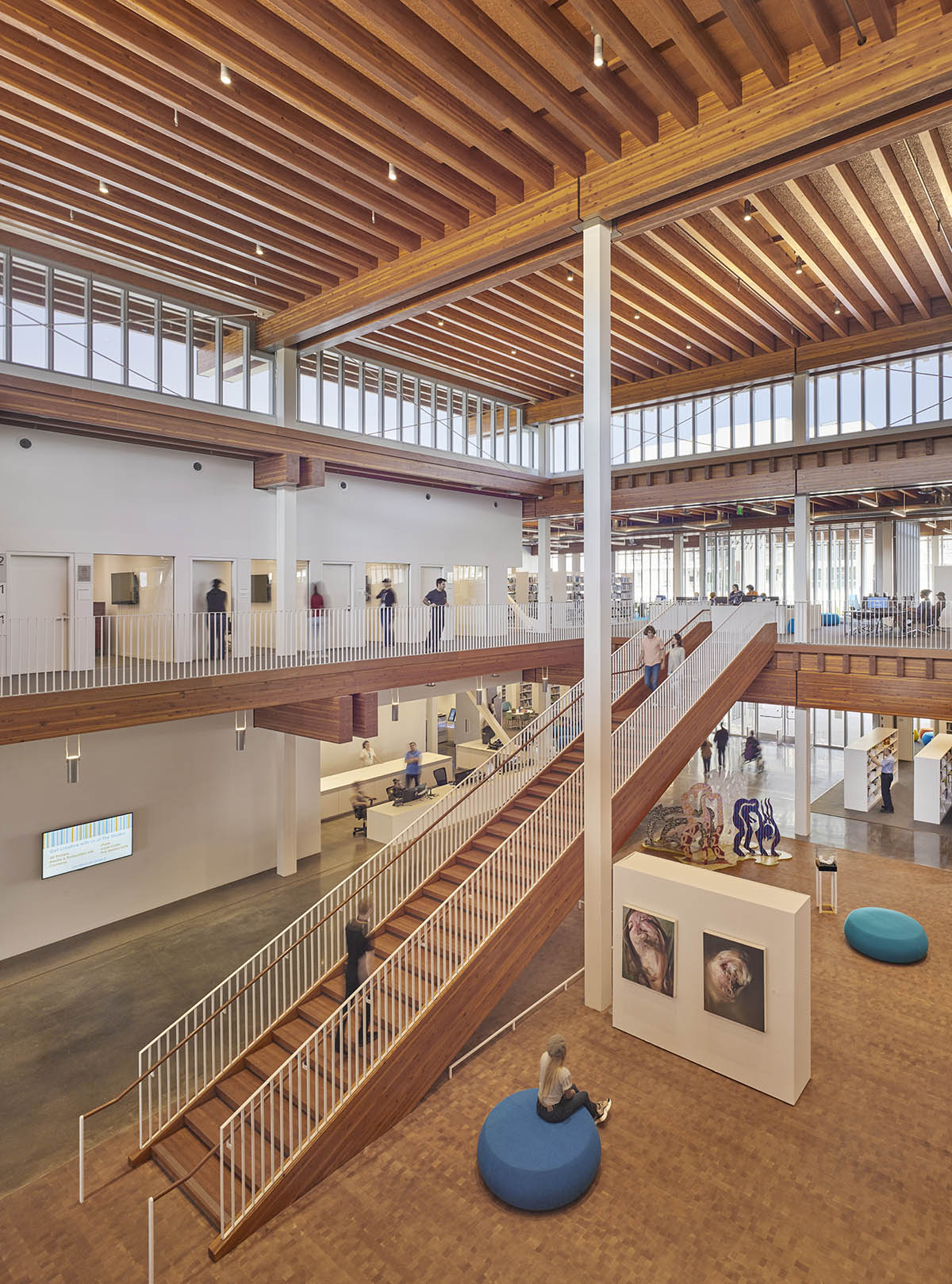
Billie Jean King Main Library in California. Image © Benny Chan | Fotoworks
Mina is actively involved in various institutions and organizations, including the UK Green Building Council’s Board of Trustees, RIBA Council, the Practice & Policy Board Committee, UNEP/Global Alliance for Buildings & Construction’s COP Task Force, Commonwealth Association of Architects (as Chair of Practice), CIC Climate Change Committee (as the Deputy Chair), Architects’ Council of Europe, World Green Building Council’s Advancing Net Zero Steering Committee, CIBSE Intelligent Buildings Group (as Vice Chair), and the International WELL Building Institute’s Health Equity Advisory Group.
"Sustainability is the balance between environment, economy, and equality"
Stating that sustainability has always been at the center of SOM, Hasman argues that sustainability is the balance between environment, economy, and equality.
"Since then, definitions have advanced substantially, and today, we believe sustainability –the health of the planet –and wellbeing–the health of people–are invariably linked. We can’t have one without the other," Hasman told the World Architecture Community in this exclusive interview.
Underlining the success of Urban Sequoia, Hasman emphasizes that with air capture technology and on-site renewable energy production, a reduction in carbon emissions of over 100% can be achieved within 5 years of the completion of a building's construction and over 300% from the completion of construction.
In the interview, Hasman also discussed SOM's Whole Life Carbon Accounting service and how, when implemented at the California Billie Jean King Main Library, it resulted in a 61 percent reduction in material waste and associated carbon emissions.
In the WAC's exclusive interview, you will explore in-depth how the definition of sustainability has changed over time and how SOM uses Whole Life Carbon Accounting service and Urban Sequoia concept for decarbonization in their projects. Additionally, Hasman gives details about the Climate Framework and the RIBA Climate Guide in the interview.
You may find the edited version of the transcript of our interview with Mina Hasman below:

Urban Sequoia. Image © SOM | Miysis
Berrin Chatzi Chousein: Although the concept of sustainability has become today's generic expression, however, its definition may change over the years. How do you define the concept of sustainability today?
Mina Hasman: In essence, sustainability is the balance between the environment, the economy, and equity. Sustainable development requires an integrated approach that takes into many universal concerns, which are best, summed up by the UN’s 17 Sustainable Development Goals for 2030.
Berrin Chatzi Chousein: How does SOM define sustainability and wellbeing?
Mina Hasman: Sustainability has always been at the core of SOM. One of our Founding Partners, Nathaniel Owings, was an environmental activist who stressed the vital responsibility of architects to protect the planet’s natural resources.
Since then, definitions have advanced substantially, and today, we believe sustainability –the health of the planet –and wellbeing–the health of people–are invariably linked. We can’t have one without the other.
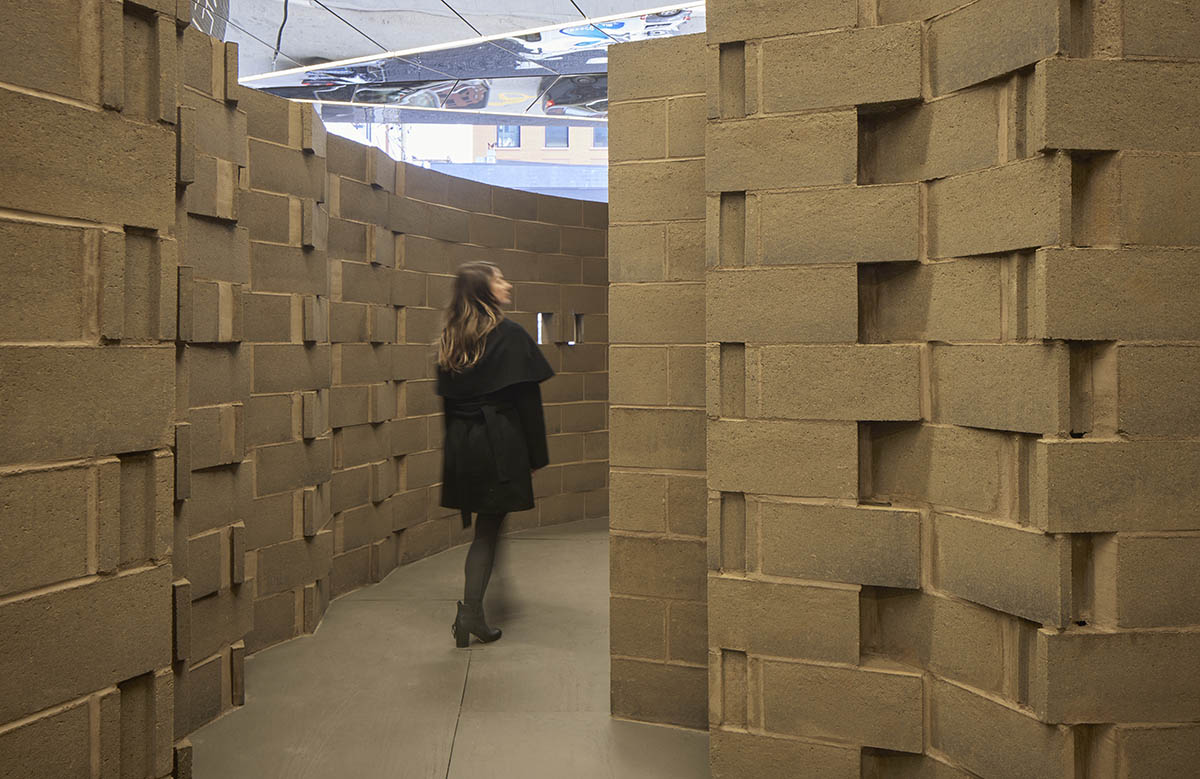
2023 Chicago Architecture Biennial - Bio-Block Spiral. Image by Dave Burk © SOM
Berrin Chatzi Chousein: Decarbonization has been a central issue for the architectural profession. SOM designs projects on many different scales all over the world. You have introduced two innovative long-term concepts related to this: Urban Sequoia, which you introduced for the first time at COP26, and Whole Life Carbon Accounting. What is Urban Sequoia?
Mina Hasman: Urban Sequoia is a design concept that is buildable today and sets the stage for a new carbon removal economy, as well as a resilient future for cities.
Through a combination of contextually appropriate passive design strategies, efficient and well-integrated building systems, and an innovative structural solution (which minimizes material waste), we can lower whole-life carbon emissions in a 60-storey building by 90% today. When coupled with a direct air capture technology and on-site renewable energy generation - which are integral to the Urban Sequoia prototype’s proposal - we can achieve over 100% reduction in carbon emission within 5 years of that building’s construction completion and over 300% by the time it reaches 100 years.
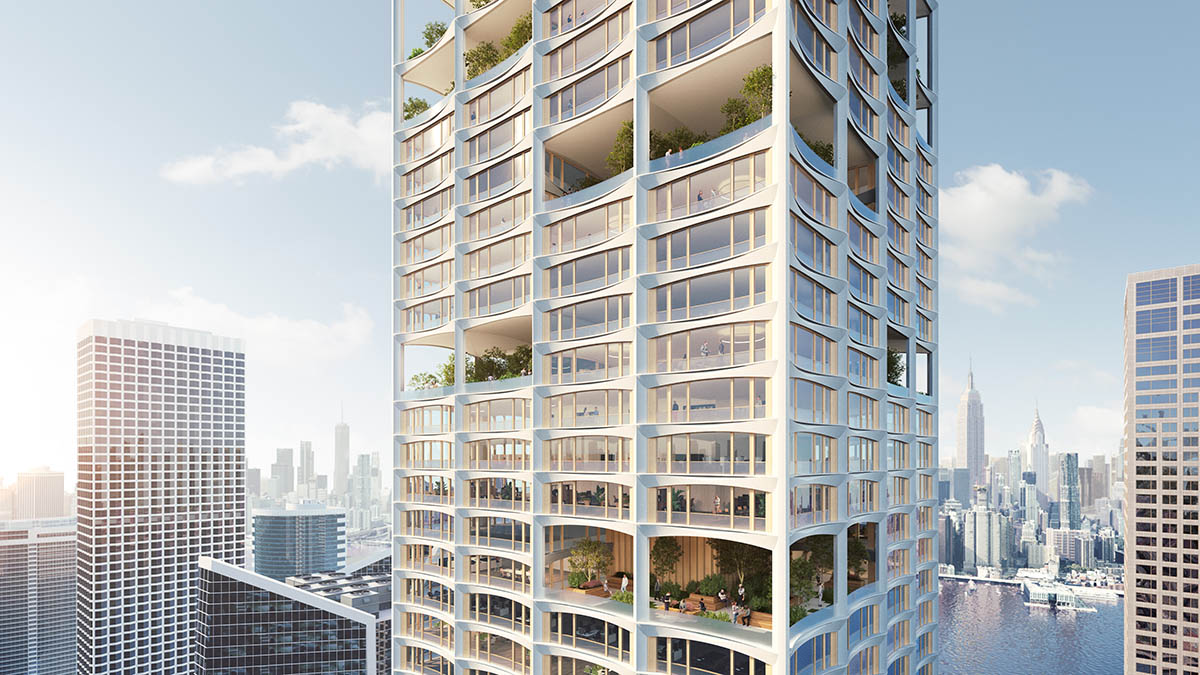
Urban Sequoia. Image © SOM | Miysis
Mina Hasman (continued): In the first step to realizing Urban Sequoia, we've teamed up (and have invested) in a start-up company, spun out of a research program at the University of Colorado Boulder. Prometheus Materials have explored and developed an algae-based construction material, that absorbs carbon. Applied to Urban Sequoia, the carbon captured through Bio-BlockTM can be put to use in various industrial applications, forming the basis of a new carbon-removal economy.

2023 Chicago Architecture Biennial - Bio-Block Spiral. Image by Dave Burk © SOM
Berrin Chatzi Chousein: Tell us about SOM’s new service, Whole Life Carbon Accounting. To whom do you offer this service? How does it work with the ever-changing design process?
Mina Hasman: Our Whole Life Carbon Accounting service provides a system for evaluating and measuring whole life carbon emissions clearly and comprehensively—from the very start of a project and throughout its life cycle to provide clients a holistic view of a project’s environmental impact.
Unlike operational energy and associated carbon emissions which can be, to a certain extent, improved once a building is in use, embodied carbon emissions cannot be rectified at a later date. Although projects today carry out carbon assessments at the end of design stages, these assessments are often performed in isolation by different parties and to varied standards.
This results in assessments that are not comparable, and cannot effectively illustrate an asset’s true environmental performance. As a project develops and design strategies evolve, the gaps between these initial assessments and a project’s real performance (when constructed) widen, leading to a performance gap of up to five times more energy use and/or carbon emissions between predicted and actual values which in the long-term, affects an asset’s value and future viability.
Our Whole Life Carbon Accounting service provides a holistic overview of a building’s whole-life carbon emissions, including quantified operational, and embodied carbon data from architecture, structures, building services, and interior elements which are all essential to understanding a building’s true carbon impact. By performing these assessments early in the design process and ensuring their continuity during construction through to post-project completion mean that we help clients make informed decisions when it matters the most and can translate carbon targets into measurable outcomes.
Amongst many other benefits (most importantly, minimizing carbon impact), the service helps to reduce waste time and costs involved in the design and construction processes and increases opportunities for consistent design and technical innovation.

Billie Jean King Main Library in California. Image © Benny Chan | Fotoworks
Berrin Chatzi Chousein: Can you tell us about the projects SOM designed with its Whole Life Carbon Accounting service? What results were achieved?
Mina Hasman: In addition to being a standalone service, we’ve applied this approach to a number of our projects, including major renovations and new-build commercial buildings.
We’ve realized tremendous performance achievements on projects like the Billie Jean King Main Library in California, which through retaining most of the existing concrete garage structure allowed the design team to significantly cut down on material waste and reduce related embodied carbon emissions by 61 percent (compared with erecting a new parking garage and a conventional concrete building).

Billie Jean King Main Library in California. Image © Benny Chan | Fotoworks
Berrin Chatzi Chousein: You also lead an initiative, called the Climate Framework. Tell us about the Climate Framework initiative. Why did you initiate and what are your goals?
Mina Hasman: The urgent and interconnected challenges of climate change, ecological degradation, natural disasters, population growth, and rapid urbanization demand a realignment of our focus and priorities as built environment professionals. This reality also demands that we reassess our industry’s capacity to respond effectively to these challenges—which means we need to re-evaluate the knowledge and skills that are needed, both globally and locally.
In this era of rapid change and multi-layered challenges— which sometimes require us to address competing priorities—we must find multi-faceted and holistic responses that are delivered fast and at scale. It has become clear that a single entity of any kind—be it a professional institute or an academic institution, a membership organization, or a private practice—is simply not going to be enough to transform the entire industry globally and accelerate the transition to a resilient and sustainable future.
Collaborative action is essential to consistently provide solutions that are based on know-how, which continually shapes and informs the knowledge delivered—whether in academia or practice. Such knowledge must be nurtured with insights gained from the collective and collaborative experiences of applying that knowledge in practice.

A screenshot from the Climate Framework website. Image courtesy of SOM
Mina Hasman (continued): This is the vision of the Climate Framework initiative; to unite the industry and academia in the effort to upskill and build our collective capacity for climate action. Our mission is to cross-pollinate experiences and expertise across the industry, embracing all disciplines, and creating a shared curriculum framework, as well as a platform for holistic climate knowledge. As a united and coordinated effort, our aim is to break down silos and establish common ground, define a common language, and identify the holistic knowledge and skills every built environment actor must be equipped with to deliver truly sustainable built environments today and in the future.
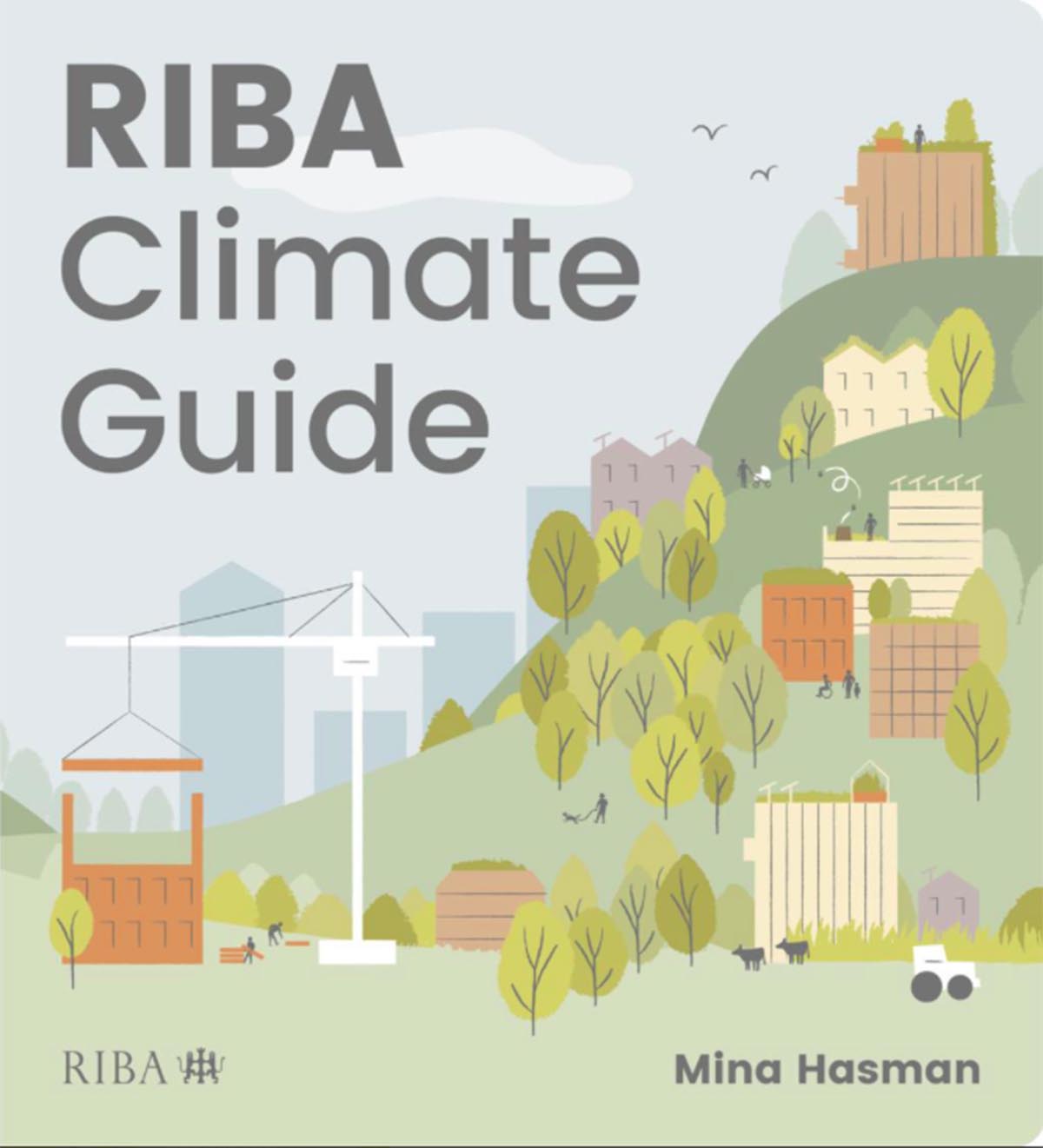
The RIBA Climate Guide book by Mina Hasman. Image courtesy of RIBA
Berrin Chatzi Chousein: You wrote the RIBA Climate Guide book, published by the RIBA in 2023. Tell us a little about the contents of this book. The book seems to include expressions that come to the fore with climate change, but whose real meanings are not fully understood. Was your aim here to ensure an understanding of these concepts? What are the main features that distinguish this book from other climate books?
Mina Hasman: Although there is a wealth of information within the industry and academia, and exemplar sources that cover similar content to what the RIBA Climate Guide offers, those sources mainly focus on specific topics, such as energy and carbon or biodiversity or social value, and often in isolation. They do not consistently acknowledge and/or elaborate on the relationships, as well as the interlinkages that exist between different topics when we consider the varying impact areas of climate change under its vast umbrella.
There also isn’t a single place where all the climate-related knowledge and content is gathered – which creates confusion in regard to which sources to rely upon. This further contributes to the overwhelmed many individuals feel about this overall subject matter – when it comes to informing their decisions and implementing the appropriate knowledge into their practice to grow their skills – whether it be in academia or industry.
The RIBA Climate Guide is therefore designed to become the needed single source of knowledge, culminating various, important research, findings, and recommendations around the world, under key themes, where the critical observations are summarised in relation to the UN Sustainable Development Goals for 2030 - as they are influenced by the built environment-related activities/decisions.
In summary, the RIBA Climate Guide aims to:
- Provide a common place – a single source – for all key climate change and built environment-related information (at a high level) for all actors of the buildings and construction sector around the world.
- Through its direct alignment to the Climate Framework’s taxonomy and the simple language it uses, the book aims to offer a consistent way of communicating - across the built environment sector - when it comes to talking about climate change and sustainability.
- It additionally highlights the relationships between different but interrelated subjects (under the vast umbrella of climate change), intending to guide all built environment actors in defining holistic solutions and making informed decisions.
Berrin Chatzi Chousein: In architecture, there are currently several methods, and open and accessible knowledge bases, such as artificial intelligence, advanced technologies, biomaterials, waste reduction tools, or decarbonization technologies. Where do you think the biggest problem still lies in reducing carbon emissions?
Mina Hasman: The climate emergency is challenging not just architects but everyone across the built environment supply and value chains, demanding us to ask tougher questions and ensure that our design decisions in massing and material selection, as well as construction methodology minimize planetary impact more broadly. This is evidenced by efforts like those you mention. But whilst the objective is clear, the reality poses several, significant barriers, all often revolving around the implementation and integration of these solutions. Some of these main barriers include:
- Varying regional attitudes to sustainability and a lack of climate change legislation across governments that set consistently ambitious targets;
- A lack of government and municipal incentivisation to pursue innovation which affects the ambition of clients and their funding partners;
- A risk-averse insurance industry that sometimes prevents the ability to implement new construction methods and innovations in the building industry;
- A lack of a common and consistent understanding of climate fundamentals and holistic sustainability, to avoid the creation of unintended consequences;
- A lack of cross-sector collaboration;
- And as a result, a lack of shared, environmental performance data available for industry-wide learning.
(-end of transcript)
Top image in the article: Mina Hasman. Image © Nick Guttridge.
Climate change climate emergency decarbonization interview Mina Hasman SOM sustainability
